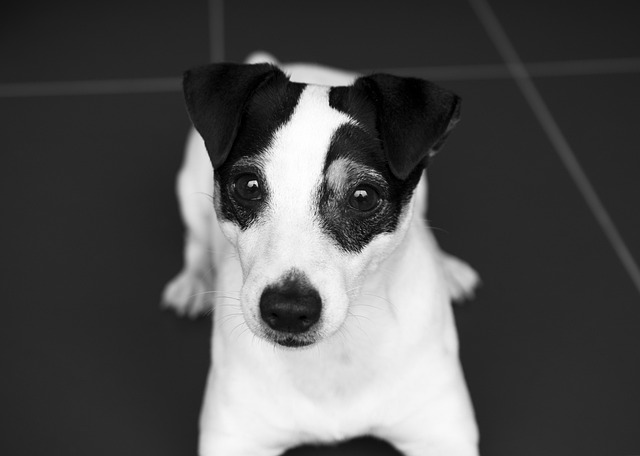
How to train a 2 month old puppy to pee on a pad?
Got a new 2 - month - old furball bounding around your place? The excitement’s real, but so’s the challenge of potty training. Trust me, I’ve been there.
When warm traces appear on the soft carpet again, or the carefully cleaned floor is "occupied" once more, many beagle owners can't help but feel a mix of helplessness and frustration. As they watch their little companion wagging its tail and approaching with wet, innocent eyes, the words of scolding they meant to say just get stuck in their throats. Beagles are famous for their lively and cheerful personalities and keen sense of smell, but their free-spirited nature makes "not urinating or defecating at home randomly" a major challenge for pet owners. However, please believe that as long as you use the right methods and pour in patience, this tug-of-war with "poop" will eventually lead to victory, and the training process will be a precious journey full of love and growth.
To tackle the beagle's "potty problem," you must first understand their nature. As time-honored hunting dogs, beagles are born with a strong sense of curiosity and territorial awareness. The scent of every corner in the house may attract them to "mark" with urine; their sensitive stomachs also make them react quickly to changes in diet, making their bathroom schedules unpredictable. In addition, beagles have independent personalities and strong curiosity—harsh training methods are more likely to arouse their rebellious attitudes. Understanding these characteristics is like getting the "key" to training; only by adapting to their nature can you find the right guiding direction.
Creating a dedicated "potty sanctuary" is the first step in training. Choose a quiet, ventilated corner in the house, away from the resting area and food bowl, and place a dog toilet of appropriate size there. For the material, it is recommended to use non-slip and easy-to-clean plastic or resin to prevent the dog from slipping when using it; if the beagle is interested in newspapers or pee pads, you can also lay a layer on the surface of the toilet. After setting it up, spray a pet-specific attractant on the dog toilet—the special scent it emits can attract the dog to approach actively, like lighting a "potty signal light" for them. Once this exclusive space is recognized by the dog, it will become an important foundation for developing good habits in the future.
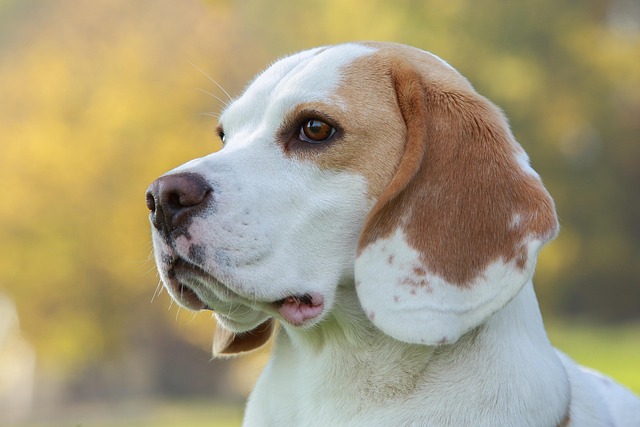 Observing the potty routine is the key breakthrough in training. Beagles usually have a strong need to relieve themselves 15–30 minutes after eating, waking up, or strenuous exercise. Owners need to observe carefully in daily life. When they find the dog showing behaviors such as sniffing the ground with its head down, circling in place, or pacing back and forth, they should immediately call its name in a gentle tone and guide it to the dog toilet. If the dog hesitates, you can appropriately lure it with snacks, but never drag or pull it hard, as this may make it afraid of the toilet. During the guidance process, the owner's company and encouragement are crucial. Gently stroking its back and comforting it with gentle words can make the dog feel at ease and more willing to cooperate with the training.
Observing the potty routine is the key breakthrough in training. Beagles usually have a strong need to relieve themselves 15–30 minutes after eating, waking up, or strenuous exercise. Owners need to observe carefully in daily life. When they find the dog showing behaviors such as sniffing the ground with its head down, circling in place, or pacing back and forth, they should immediately call its name in a gentle tone and guide it to the dog toilet. If the dog hesitates, you can appropriately lure it with snacks, but never drag or pull it hard, as this may make it afraid of the toilet. During the guidance process, the owner's company and encouragement are crucial. Gently stroking its back and comforting it with gentle words can make the dog feel at ease and more willing to cooperate with the training.
When the beagle successfully relieves itself on the dog toilet, timely and exaggerated rewards can strengthen their correct behavior. Prepare some of the dog's favorite snacks, such as dried chicken or cheese cubes, and feed them immediately after it finishes relieving itself, while giving warm praise and hugs, such as "Baby, you're amazing!" or "Good dog!" The dog will establish a connection between relieving itself on the toilet and receiving rewards, gradually forming a conditioned reflex. On the contrary, if you find the dog relieving itself in the wrong place, never punish it afterward. Beagles cannot link scolding that happens minutes or even hours later with their previous behavior, which will only make them confused and fearful, and they may even choose more hidden corners to relieve themselves out of fear. At this time, the owner should silently clean up the excrement and use a bio-enzyme cleaner to completely eliminate the odor, avoiding residual smells from attracting the dog to "repeat the offense."
Training a beagle is by no means an overnight success; repeated mistakes are an inevitable part of the process. Just as a child stumbles while learning to walk, dogs also need time to understand and adapt. When they fail to use the toilet, owners should maintain a calm mindset and readjust the rhythm of observation and guidance. As training progresses, you can gradually reduce the use of attractants and expand the dog's activity range at home to test whether its habits are solid. In this process, patience is more important than any technique—every failure is an accumulation that brings you one step closer to success.
One morning, when you are pleasantly surprised to find that the beagle has voluntarily gone to the dog toilet to relieve itself, the joy and emotion at that moment will make all your efforts worthwhile. Training is not just a process of correcting behavior but also a precious time for owners and dogs to build trust and deepen their bond. Every gentle guidance and every patient wait silently convey the message, "I am willing to accompany you as you grow up slowly." This love and persistence across species will eventually bring a clean home environment and a furry friend who understands rules better and relies on you more.

Got a new 2 - month - old furball bounding around your place? The excitement’s real, but so’s the challenge of potty training. Trust me, I’ve been there.
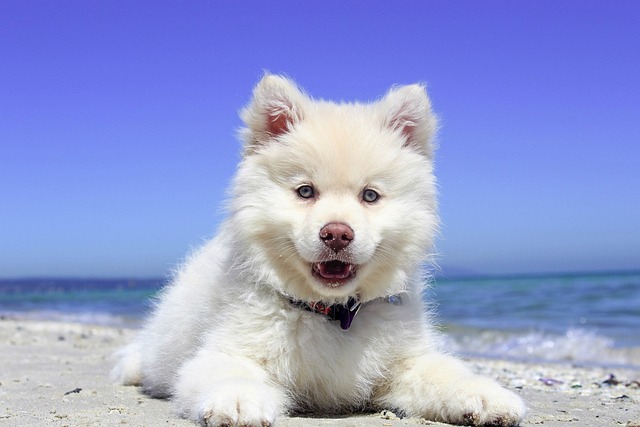
Picture holding a small clicker, unsure if it can really teach your pup to sit. Don’t worry—clicker training is simpler than it looks. Let’s walk through step-by-step basics that even total newbies can master, blending science with real-world puppy parent
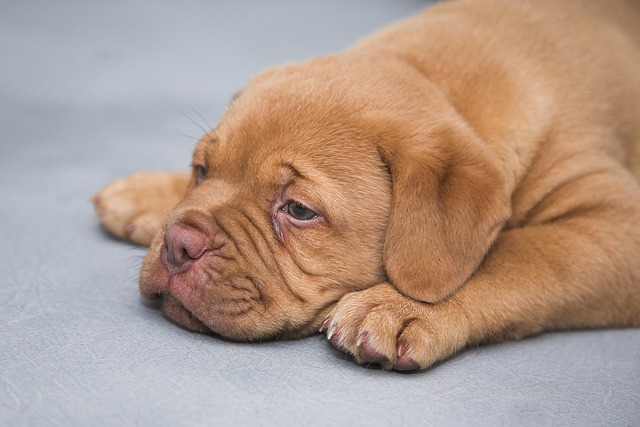
Bringing a new puppy home is a whirlwind of excitement and chaos, but one of the most pressing challenges new pet parents face is getting that tiny furball to poo on command.
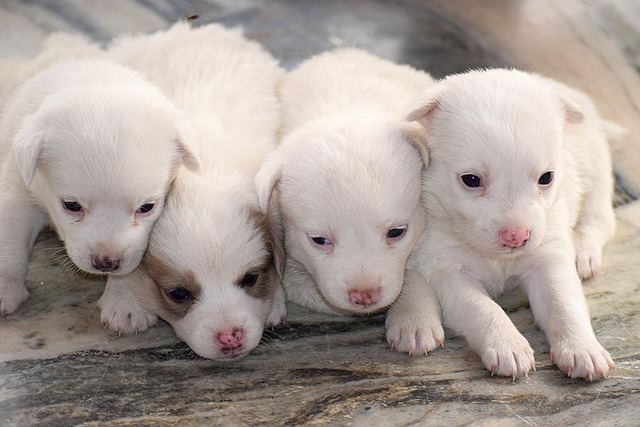
Picture pressing a small clicker, and your pup instantly sits—no tugging, no shouting. Is this method the key to stress-free training?

Picture your new pup darting across the park, chasing a butterfly while you shout their name in vain. Later, they jump on your aunt’s lap, spilling her iced tea—these aren’t just “cute puppy moments.”
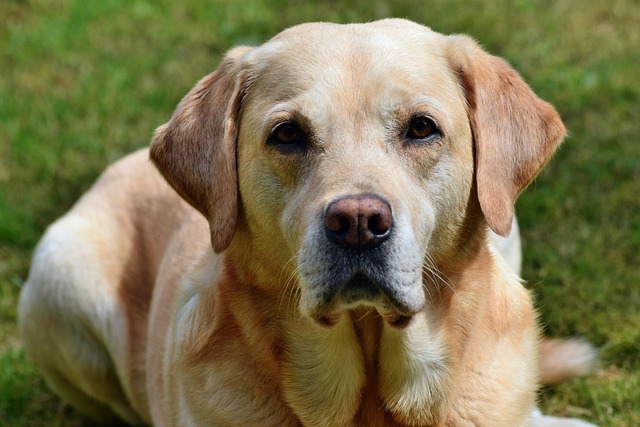
Teaching your dog basic obedience isn’t just about showing off—it’s the foundation for a safe, trusting bond. Every pup learns at their own pace, so patience is your superpower here.